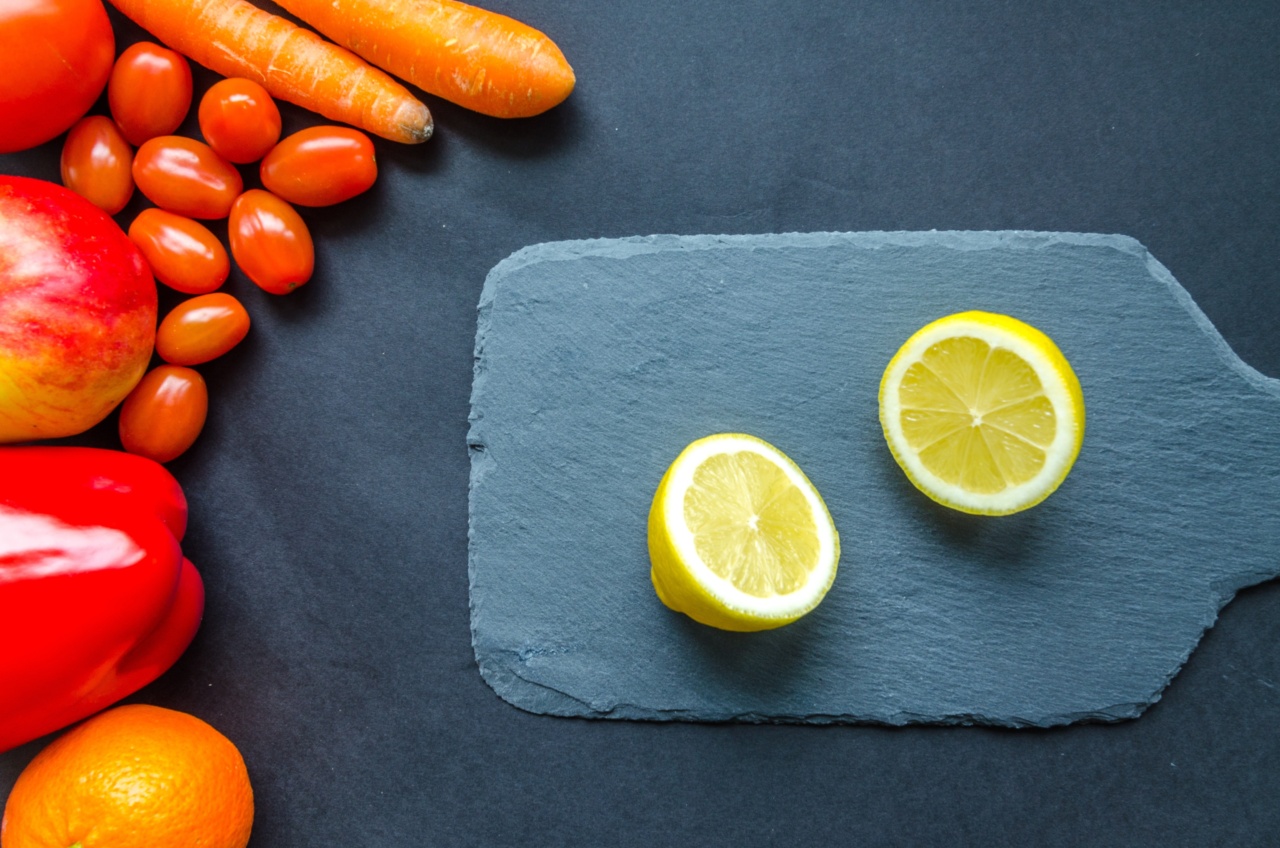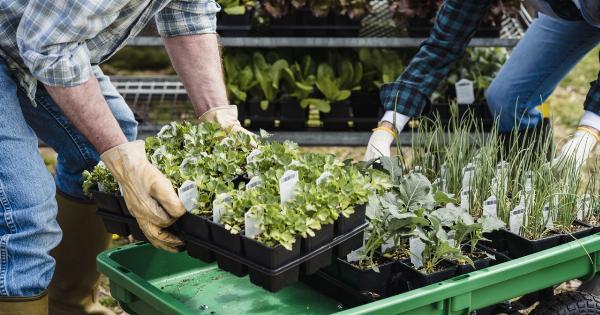The use of pesticides in agriculture has been a hotly debated topic for years. While they are undeniably effective at preventing crop damage, they can also pose a significant health risk to humans when consumed through contaminated produce.
The Environmental Working Group (EWG) releases an annual “Dirty Dozen” list of fruits and veggies that contain the highest levels of pesticides, as well as a “Clean Fifteen” list of produce with the lowest pesticide levels. Let’s take a closer look at the top and bottom pesticide-infested fruits & veggies of 2020.
Dirty Dozen
The following fruits and vegetables are on the 2020 Dirty Dozen list:.
Strawberries
Strawberries have been at the top of the Dirty Dozen list for years due to their high pesticide residue. Over thirty different pesticides have been found on strawberries, making them potentially harmful to consume.
Spinach
Spinach is a nutrient-dense leafy green, but it also makes the Dirty Dozen list due to its high pesticide levels. More than 97% of spinach samples contained pesticides, with some samples containing up to twenty different pesticides.
Kale
Kale has experienced a recent surge in popularity, but unfortunately, it also contains potentially harmful levels of pesticides. Almost 90% of kale samples contained residue from at least two pesticides.
Nectarines
Nectarines have thin skin and absorb pesticides easily, leading to high levels of contamination. More than 90% of nectarine samples tested positive for pesticides, and one sample even contained residue from fifteen different pesticides.
Apples
Apples consistently make the Dirty Dozen list because their thin skin allows them to absorb pesticides quickly. More than ninety percent of apple samples have tested positive for at least one pesticide.
Grapes
Grapes are commonly sprayed with pesticides to prevent damage from pests and rot. Residue from more than fifty different pesticides have been found on grape samples.
Peaches
Like nectarines, peaches have thin skin and are highly susceptible to pesticide contamination. More than 99% of peach samples have tested positive for at least one pesticide.
Cherries
Cherries are another fruit with thin skin that easily absorbs pesticides. Almost 90% of cherry samples tested positive for pesticides, with some samples containing up to five different types of pesticides.
Pears
Pears also have a high pesticide residue due to their thin skin. Over 50% of pear samples contain at least one pesticide, with some samples containing as many as five different kinds of pesticides.
Tomatoes
While tomatoes are a relatively low risk for pesticide contamination, they still make the Dirty Dozen list due to the prevalence of certain types of pesticides. More than 70% of tomato samples tested positive for at least one pesticide.
Potatoes
Almost every potato sample tested by the EWG contained at least one pesticide, with some samples containing as many as thirty-five different types of pesticide residue. Potatoes also absorb pesticides easily due to their thin skin.
Bell Peppers
Bell peppers are heavily treated with pesticides to prevent disease and repell insects. Almost 70% of bell pepper samples have traces of at least one type of pesticide residue.
Clean Fifteen
Now that we’ve identified the most contaminated produce of 2020, let’s take a look at the Clean Fifteen list, which includes the fruits and veggies with the lowest levels of pesticide residue:.
Avocado
Avocado is one of the fruits with the lowest pesticide levels. Nearly ninety percent of avocado samples showed no detectable pesticide residue.
Sweet Corn
Most sweet corn in the U.S. is genetically modified to resist pests, which decreases the need for pesticides and results in low levels of residue. Almost ninety-five percent of sweet corn samples showed no detectable pesticide residue.
Pineapple
Pineapple is another fruit that is relatively free of pesticides, with more than 90% of pineapple samples showing no detectable residue.
Onions
Onions are a low-risk for pesticide contamination. Over 90% of onion samples tested showed no detectable pesticide residue.
Papaya
Papayas are also relatively low-risk for pesticide contamination. More than 95% of papaya samples showed no detectable pesticide residue.
Sweet Peas (Frozen)
Frozen sweet peas are a convenient and low-risk option for produce. Almost 80% of frozen sweet pea samples showed no detectable pesticide residue.
Eggplant
Eggplants are a relatively low-risk option, with more than 75% of eggplant samples showing no detectable pesticide residue.
Broccoli
Broccoli is a nutrient-dense veggie with relatively low levels of pesticides. Almost 70% of broccoli samples showed no detectable pesticide residue.
Cabbage
Cabbage is another veggie with low levels of pesticide residue. More than 75% of cabbage samples showed no detectable pesticide residue.
Kiwi
Kiwi is a fruit with low levels of pesticide residue. More than 95% of kiwi samples showed no detectable pesticide residue.
Cauliflower
Cauliflower is a low-risk option, with over 75% of cauliflower samples showing no detectable pesticide residue.
Mushrooms
Mushrooms are grown in a controlled environment, which limits their exposure to pesticides. More than 99% of mushroom samples showed no detectable pesticide residue.
Asparagus
Asparagus is a low-risk option, with over 90% of asparagus samples showing no detectable pesticide residue.
Honeydew Melon
Honeydew melon is another fruit with low levels of pesticide residue. More than 90% of honeydew melon samples showed no detectable pesticide residue.
Cantaloupe
Cantaloupe is a low-risk option, with over 90% of cantaloupe samples showing no detectable pesticide residue.
Conclusion
The EWG’s Dirty Dozen list serves as a reminder that the fruits and vegetables we consume can contain potentially harmful levels of pesticides.
By choosing produce from the Clean Fifteen list, or opting for organic produce, you can reduce your exposure to pesticides and make healthier choices for you and your family.



























